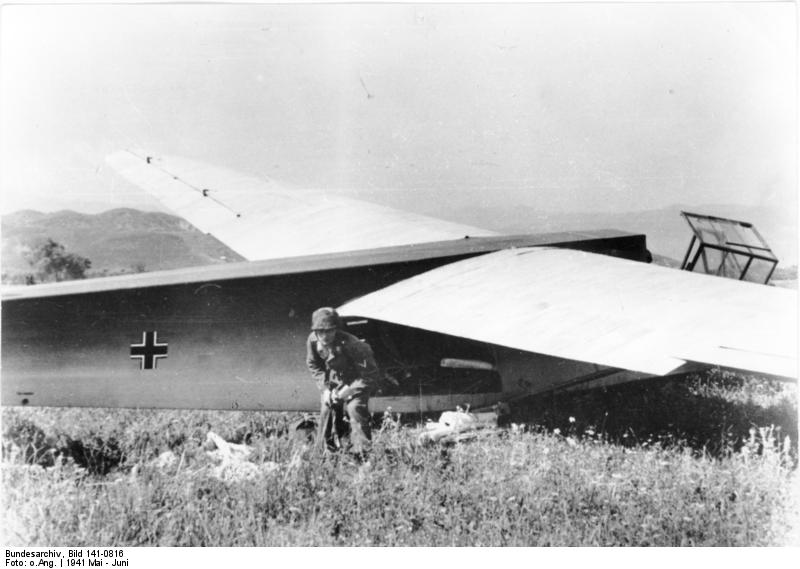On June 10, 1940, Italy’s Benito Mussolini, with his self-delusion of greatness, declared war on Britain and France. Given the state at the time of the Italian army, which was not capable of waging a modern war, and its economy, the decision was pure madness. To make the country’s position even worse, there was absolutely no method to that madness.
Mussolini had no clear objectives, just a conviction that fascist Italy was destined to recreate the glory of the Roman Empire under his leadership.
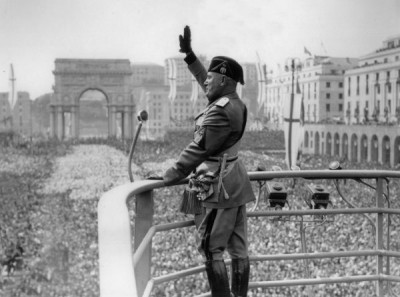
Stability in the Balkans Shattered
Throughout the summer the Italians made no offensive moves. In September the situation changed when Mussolini ordered Marshall Graziani in Libya to attack the British forces in Egypt. The Italians reached Sidi Barrani where they entrenched themselves.
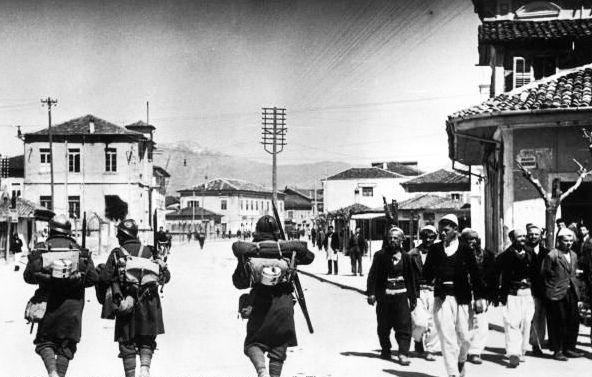
That same month, Hitler sent to Romania, in the role of military advisers, one panzer and one motorized infantry division, two flak regiments and two fighter squadrons, thus securing the country’s reliance on Germany and the country’s oil for his war effort. Hitler did not bother to inform his Italian ally of the move.
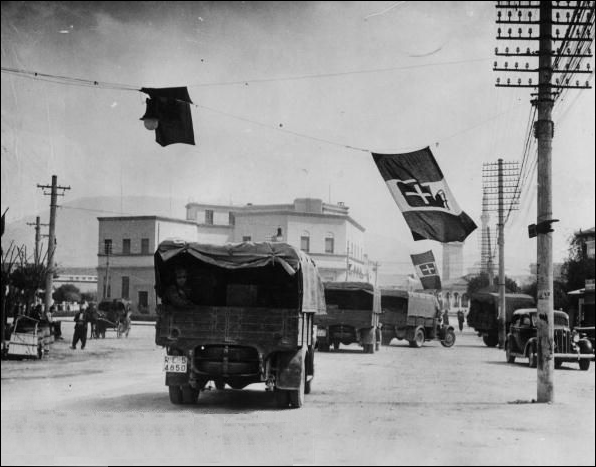
Mussolini was furious and retaliated the following month by attacking Greece from Albania without informing Hitler. Mussolini could not have made a greater strategic blunder. The Italian forces in Albania were not nearly numerous enough for such an undertaking and the ports of Albania were insufficient to support major military operations.
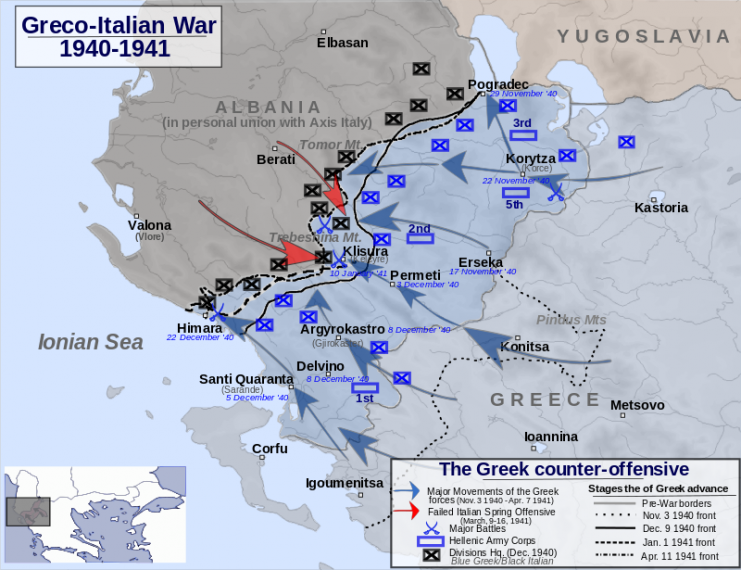
It took the Greeks some seven days to chase the Italians back into Albania. The British duly sent forces to both Crete and Greece. The stability of the Balkans, which was essential to Hitler’s plans, was no more.
Italian Disasters
Further disasters were in store for the Italians. That November, British torpedo planes sunk three Italian battleships in the port of Taranto. Mussolini’s dream of recreating the might of the Roman Empire was sinking fast.
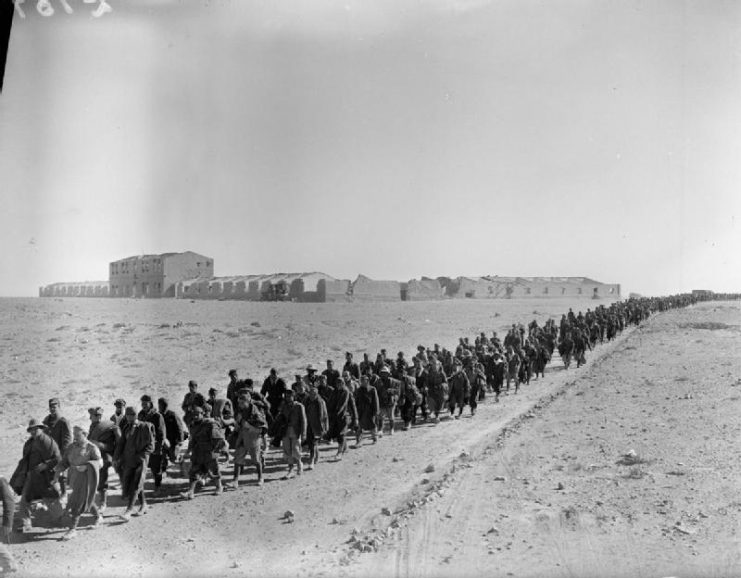
In North Africa, the British routed the Italians at Sidi Barrani with insulting ease. The British capitalized on that success and almost kicked the Italians out of Libya. Italian Somaliland, Eritrea, and Ethiopia were then invaded by Commonwealth troops.
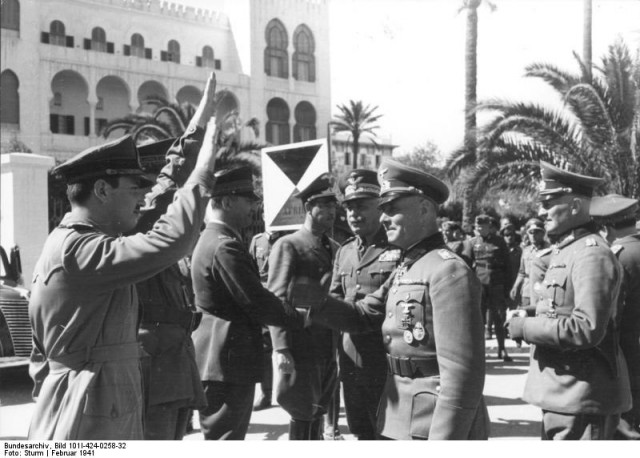
However, the Italians were saved by their very incompetence. The series of Italian blunders threatened to unravel the Axis position in the theater and Hitler was forced to act. He sent Rommel with his Afrika Corps to Tripoli in February 1941. Rommel’s presence in Libya was immediately felt. He began to push the British back to Egypt.
German Intervention in the Balkans
The Balkan situation could not be as easily restored. The Germans were not in a position to attack Greece directly so they negotiated deals with Hungary, Romania, and Bulgaria. Yugoslavia also signed a treaty of alliance with the Axis in March 1941.
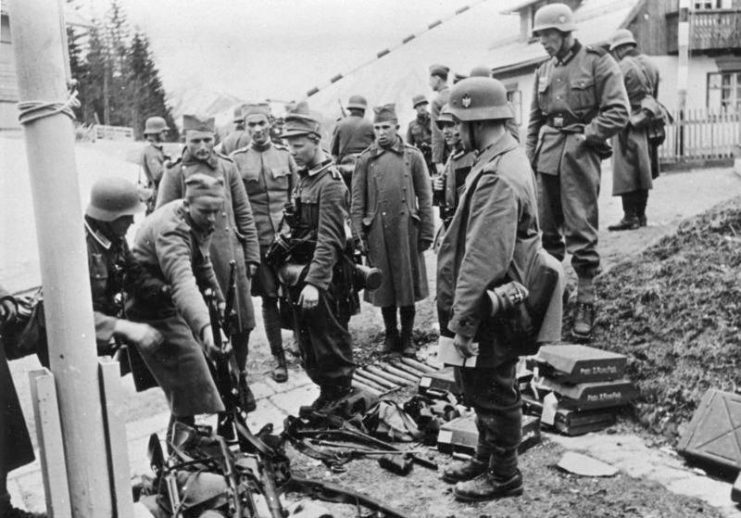
Greece found itself surrounded by hostile countries. However, in Yugoslavia, a coup by Serb officers overthrew the government. Hitler responded by ordering his armed forces to attack both Yugoslavia and Greece. Yugoslavia was defeated in only twelve days.
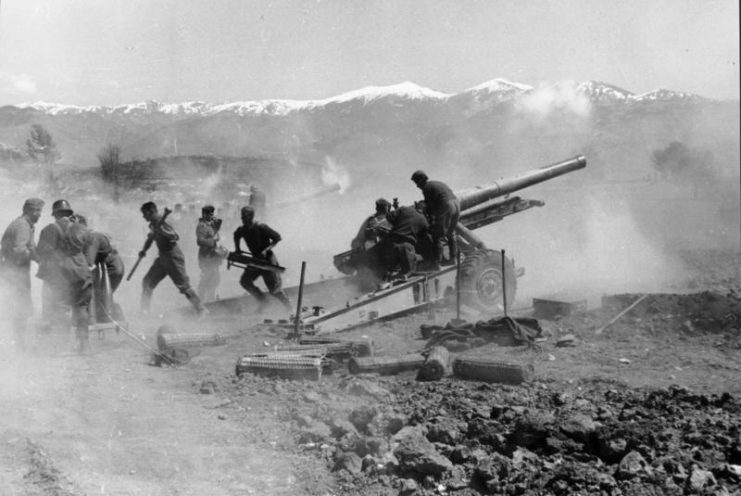
The Greek campaign was equally successful. The Greek High Command had positioned the bulk of its forces on the Bulgarian border, enabling the Germans to outflank them by advancing through Yugoslav territory.
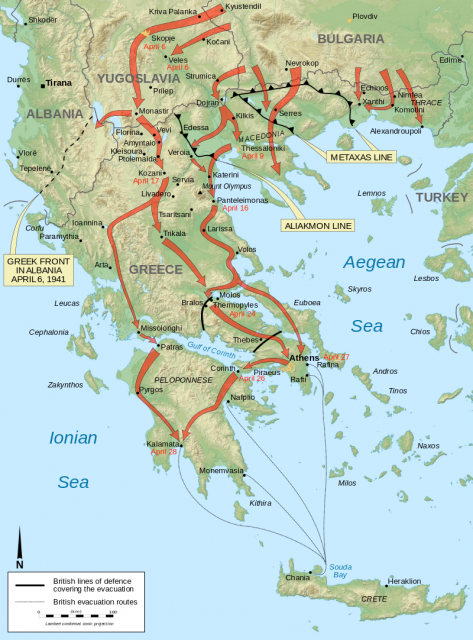
That move spelled defeat for the Greeks. The Commonwealth troops in Albania fighting the Italians were trapped and eventually ended up in German POW camps. Mainland Greece was in Axis hands.
The victory for the Axis was still not complete though. The British still controlled Crete. The RAF could launch raids against the Romanian oil fields from the island – the German leadership decided they had to neutralize that threat.
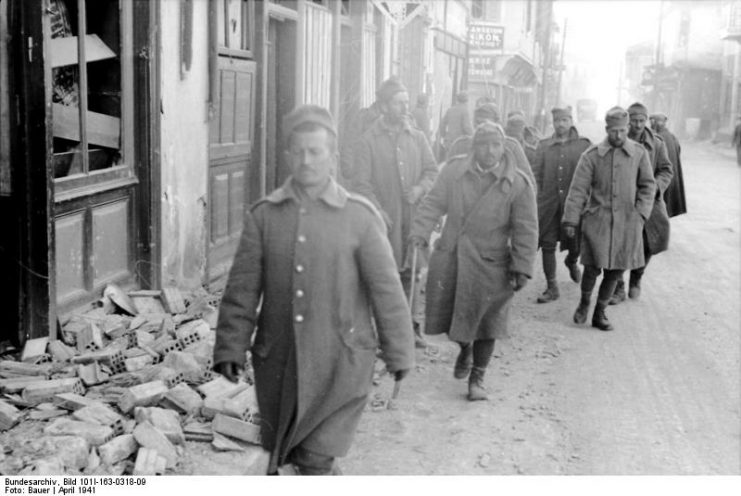
The British naval presence in the Mediterranean was too strong for the Italian fleet so any assault on Crete launched from the sea was out of the question. Airborne troops would have to do the job.
The Luftwaffe’s 7th Airborne, the world’s first paratroop division, supported by the 5th Mountain, was chosen for the task. Had the Germans known what odds they were facing they would probably not have launched the attack.
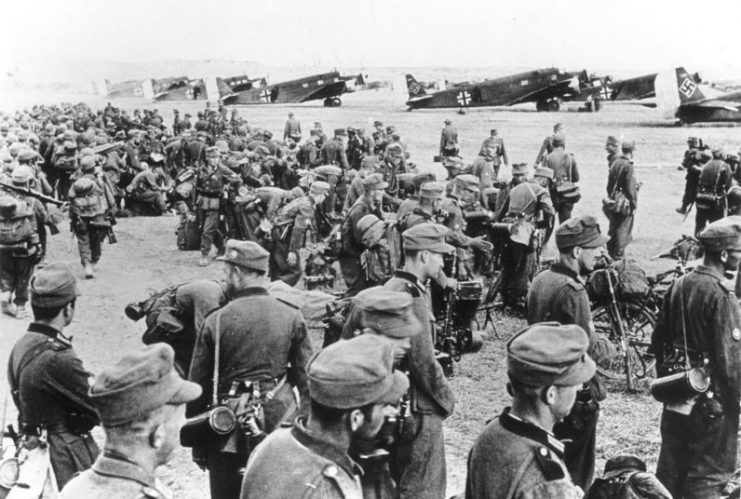
The British had twice as many troops on the island as German intelligence had estimated, and the intercepted information from ‘Ultra’ warned that a major airborne attack against Crete’s airfields was in the works.
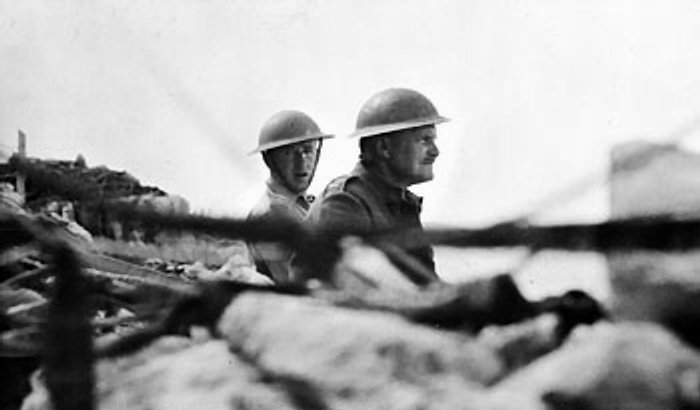
However, the British commanders on the scene ignored this intelligence and deployed their troops to meet an amphibious attack. The Germans won the day but paid a dear price for the victory. They lost nearly 60 percent of their transport aircraft and their paratroopers suffered crippling losses.
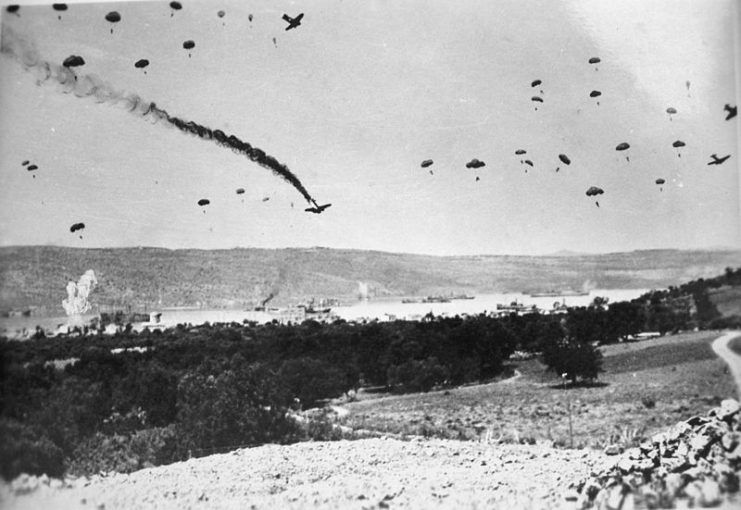
Hitler never again authorized an airborne attack. On the other hand, the British and Americans were so impressed by the German success that they created airborne units of their own. These units would play a major role later in the war.
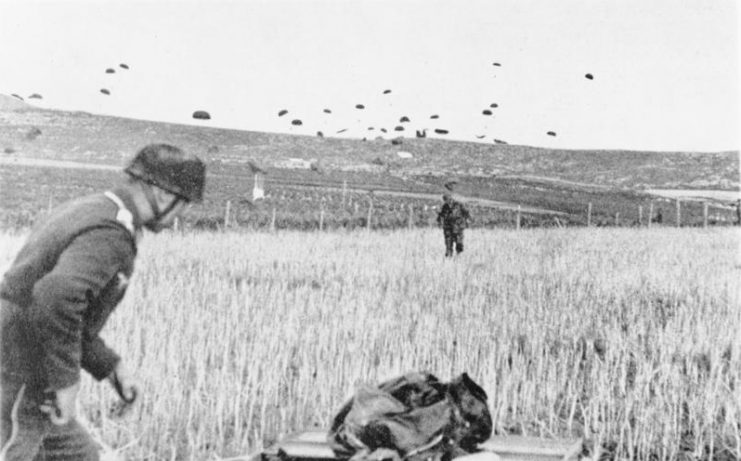
The campaign in the Balkans was a dazzling display of Blitzkrieg tactics. Hitler needed stability in the region because he wanted to focus his attention on the coming invasion of the Soviet Union.
However, armed resistance to the German occupation flared up in both Greece and Yugoslavia within months of the German’s victorious conclusion of the campaign. The resistance in Yugoslavia would cost the Germans dearly throughout the war. The Italians, the underlying cause of the campaign, would abandon their German ally two years later.
